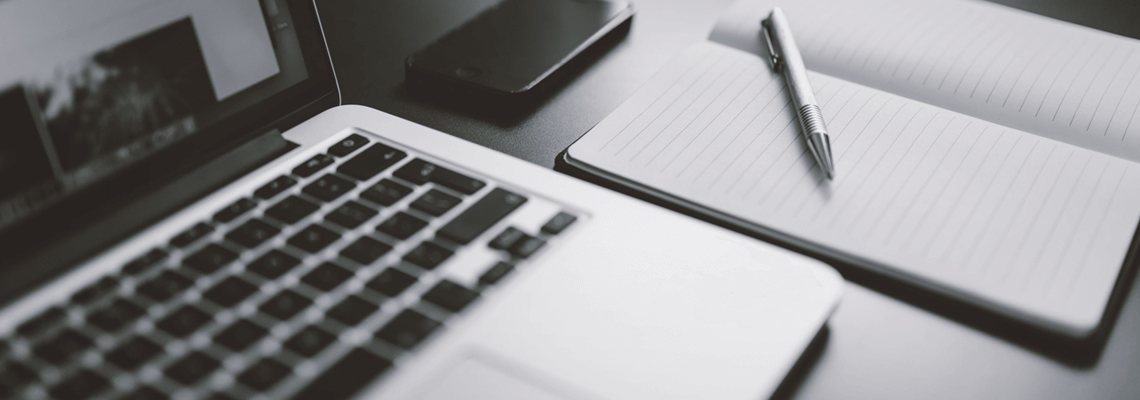
WHAT TO DO AFTER A TRAFFIC COLLISION

When involved in an auto accident, most people are too shaken or dazed to do anything. The most important thing to do is to remain calm; check yourself and your passengers, if any, for injuries and always try to contact the police.
If it’s a minor accident and the police will not come out, move out of traffic if there is a chance that further danger or injury could take place if you keep the vehicles in the same position after the accident. That way you will have time to gather important information from the other party.
The following are some tips on how to act and what to do after a traffic collision.
Take notes of all details about the accidentJot down notes on what time of day the accident occurred, the condition of all the vehicles involved, the number of passengers in them, etc. The more details the better. This information is useful when filing a claim with the insurance company.
Call the police to report the accidentWhere the collision is serious or has caused a lot of damage, injuries, or death, it is advisable to call the police and or paramedics.
If you are injured, do not refuse medical care at the sceneIf you are injured, get medical help even if it is at the scene of the collision, especially if you are dizzy, nauseous, have blurred vision, or ringing in your ears, bleeding, bruised, or have a soreness in your neck, back, or have a headache. These could be the signs of a serious injury. After the collision, it is advisable to visit a doctor the same day, even if you do not feel like you have suffered a major injury. Often times you may not feel serious injuries until the next day after the accident.
Collect contact information from the other person(s)Get the other party/parties’ addresses and telephone numbers, home and cell, as well as email or any other way to contact that person. Get a list of names of all the people in the other car and their contact information (they are witnesses) as well as the license number of the car in which they were riding.
Get the other person’s insurance informationThe law mandates that the other person should provide this information before leaving the scene of the accident. This should include the name of their insurance agent and their insurance company, those addresses as well as a policy number.
Ask the other person if they have “full coverage” on their policyApart from asking about their insurance policy, ask the other party if they have a full coverage on that policy. This may help us to determine if their policy has more coverage than just the minimum amount required by California law.
Ask for their side of the storyIf, the other party agrees, ask him or her to date and sign their version of the story. Do not be surprised if the other party refuses such an request. Most people become defensive, especially if they caused the collision. However, this is a good time to ask for their version of the accident as they may feel badly about causing you damage to your car and your injuries.
Take photos of all the vehicles in the accidentThe very best way to get and store evidence of the collision is by taking photos of the damage that was caused in the accident. Make sure you capture the entire license plate(s) of all the vehicles involved as well as taking a photo of the driving licenses and insurance cards of each driver. Also, if possible, take photos of any and all emergency vehicles that arrive on the scene including tow truck(s). If you are not able to take the photos, contact someone to come to the scene to take photos of everything and everyone that is possible or ask the police officers to take photos of the accident.
Get contact information from witnessesWitnesses are those people who saw the collision or the passengers in the vehicles involved in the accident. Witnesses can also be those who saw you making inquiries after the collision.
DO NOT leave the accident scene unless the other driver or the police indicate that you may leaveIt is important that you wait for the police before leaving the scene of the collision; otherwise, it may be considered a hit-and-run incident. The other driver may give you permission to leave, but they cannot leave without your permission. If the police do not arrive, and you have exchanged information with the other driver(s) you may leave the scene.
Contact your attorneyAfter the collision, type or write down all the events of the entire incident and send the details to your attorney including copies of all of the photos taken at the scene. It is always best to preserve the photos from your cell phone by emailing them to yourself or your attorney and store the originals in your hard drive of your computer.
If you, or someone you know, has been injured in an auto accident, and it was not their fault contact the Law Offices, Stefan Robert Pancer, P.C. today. We stand up to the insurance industry, on your behalf, making sure you are compensated for your damages and injuries in your auto accident case.